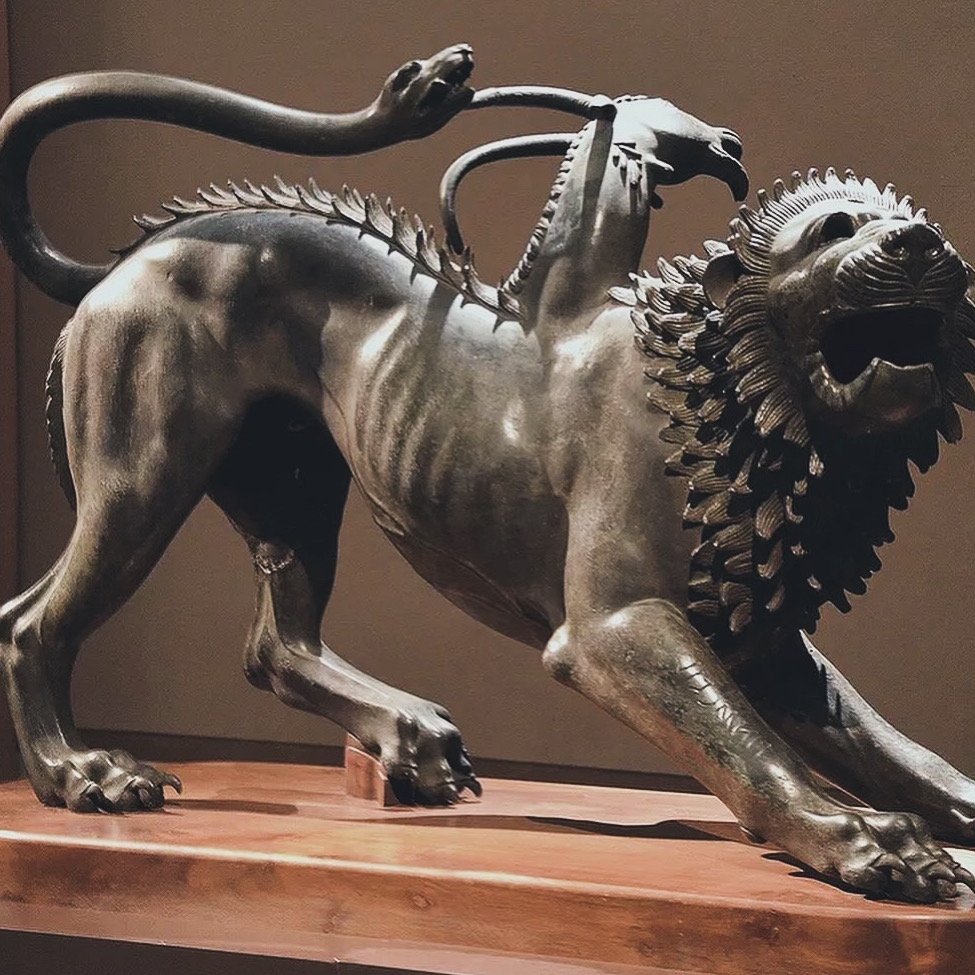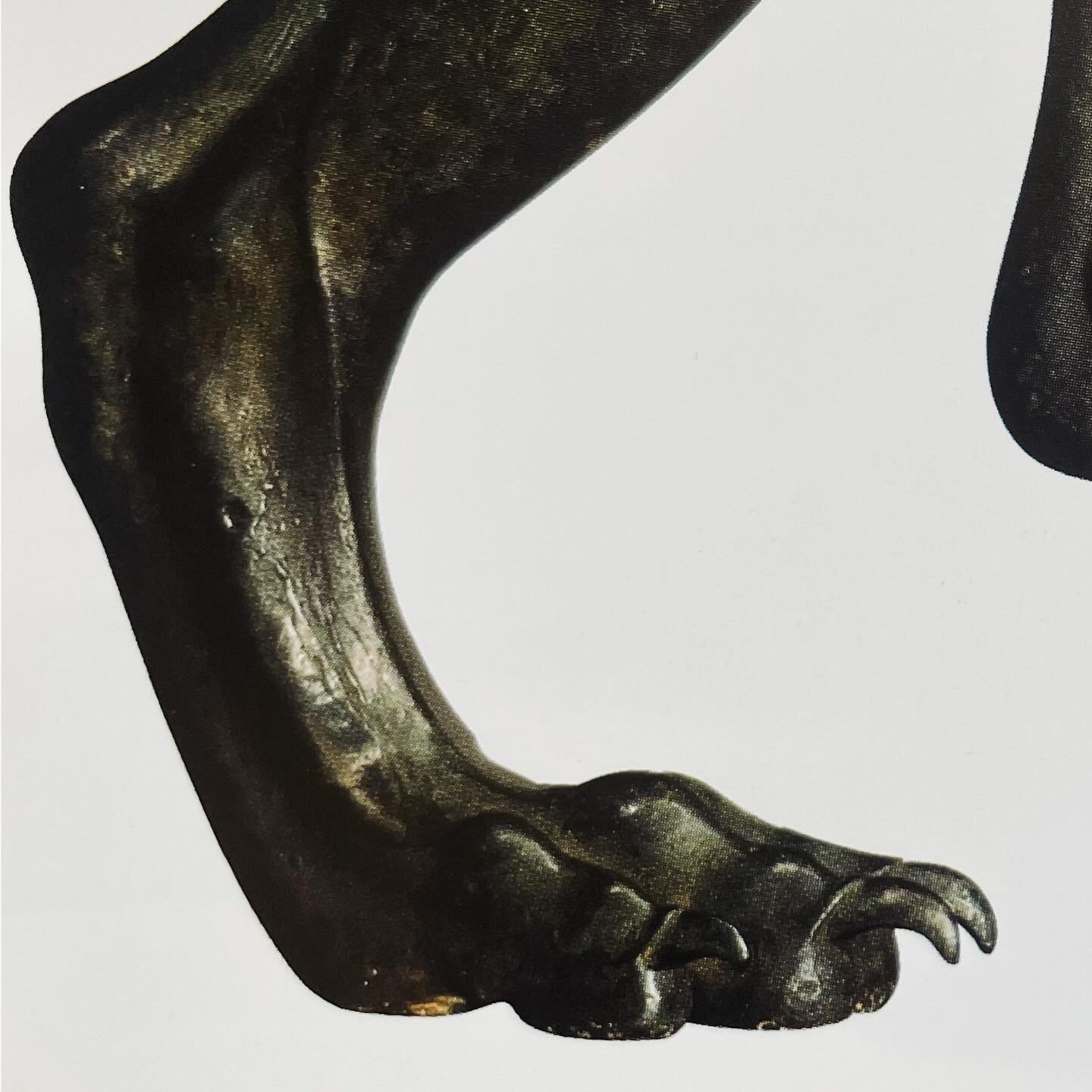CISTA foot
IN THE FORM OF A ChIMAERA paw
Ancient Etruscan, Circa 4th century B.C.
Bronze
Mounted on metal base
4 cm wide
5 cm high
9 cm high (overall when mounted on base)
Provenance:
Private collection, Germany, 1970s-1980s.
Collection of Prince Saud bin Muhammed Al Thani (1966 – 2014); Thence by descent.
£2,850




The Etruscans inhabited the land of western central Italy. This culture developed out of the Iron Age Villanovan culture—they are traditionally called ‘Etruscan’ after 700 BC, when their language was first written. Etruria was made up of twelve city-states, united by language and religion, who were loosely allied in the Etruscan league. Early on, kings ruled the city-states, but by 500 BC, the power was held by magistrates of the aristocratic class. Ancient Etruria was rich in mineral ores, agricultural resources, and timber; they were a wealthy people. The Etruscans were greatly influenced by the contemporary Greeks but they had their own distinctive character, which in turn influenced the neighbouring Italian peoples, including the Romans. The Etruscans reached the height of their civilization during the sixth century BC. Their decline was caused by the assault on them by the Greeks, the Gauls, and the Romans. They fought with Rome until circa 280 BC, by which time all the Etruscan city sates had lost their independence. By the first century BC, the Etruscans were assimilated into the Roman world.
The present chimaera paw cista foot has great similarities to the feet of the most famous Etruscan bronze, the Chimaera of Arezzo.
The discovery of the Chimaera in 1554 is mentioned by Benvenuto Cellini in his Autobiography:
“During those days some antiquities had been discovered in the country round Arezzo. Among them was the Chimaera, that bronze lion which is to be seen in the rooms adjacent to the great hall of the palace. Together with the Chimaera a number of little statuettes, likewise in bronze, had been brought to light; they were covered with earth and rust, and each of them lacked either head or hands or feet.
The Duke (Cosimo I de’Medici) amused his leisure hours by cleaning up these statuettes himself with certain little chisels used by goldsmiths. It happened on one occasion that (…) he reached me a little hammer, with which I struck the chisels the Duke held, and so the figures were disengaged from their earth and rust (…) then the Duke commissioned me to restore the statuettes.”
